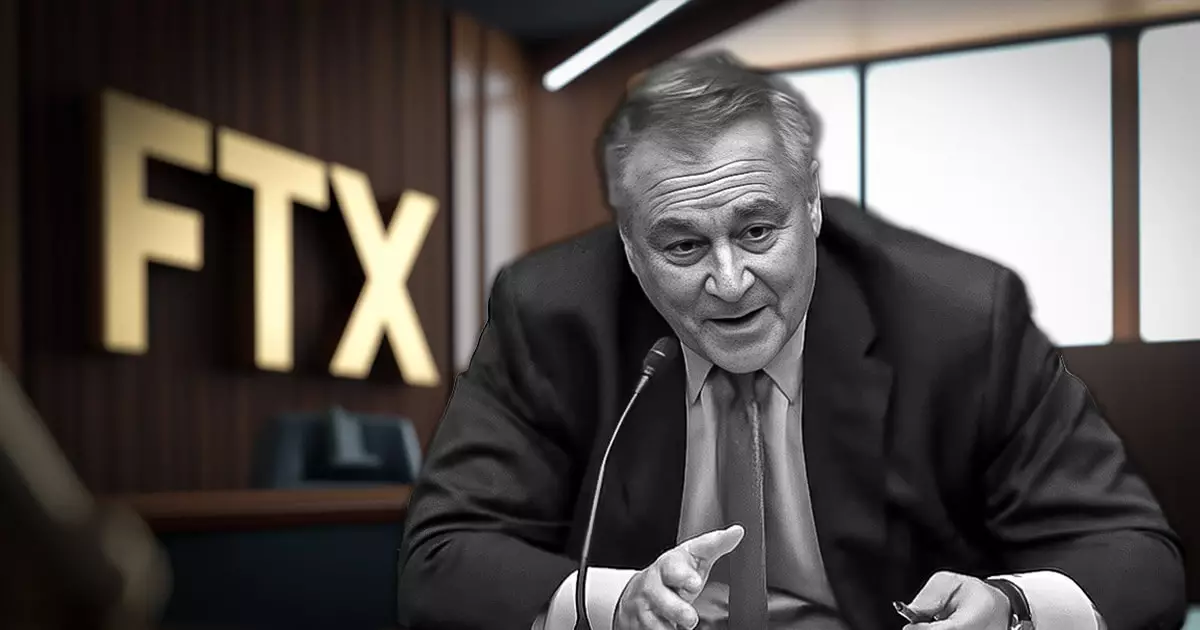In the complex landscape of financial misconduct, the recent events surrounding the cryptocurrency exchange FTX illuminate not only the chaos within the company but also the critical components of justice and accountability. With FTX embroiled in legal battles following its dramatic collapse, the focus has shifted to recovering lost assets for the creditors who were deeply affected by the fallout. Central to this recovery process is the former engineering director, Nishad Singh, whose cooperation has emerged as a potential lifeline for FTX’s creditors in their quest for restitution.
Nishad Singh’s role in the FTX saga is dual-faceted. On one hand, he stands as a pivotal figure whose insider knowledge and technical expertise have been indispensable in navigating the murky waters left in the wake of FTX’s bankruptcy. On the other hand, his involvement in financial misconduct and campaign finance violations ties him to the very operational failures that led to FTX’s downfall. As John J. Ray III, the current CEO of FTX, makes a case for Singh’s continued liberty, he posits that Singh’s contribution is crucial for the recovery efforts, suggesting that his ongoing freedom could significantly enhance the prospects of asset recovery.
Singh’s cooperation with authorities has not gone unnoticed. His admission of guilt marks him as one of the first insiders to accept responsibility for his part in FTX’s demise, and prosecutors have recognized his assistance as a pivotal component in the successful conviction of FTX’s former CEO, Sam Bankman-Fried. His legal representation points to Singh’s substantial contributions in clarifying intricate financial transactions—an argument that hangs on the delicate balance between culpability and redemption.
As the legal landscape unfolds, Judge Lewis Kaplan faces a formidable task: determining Singh’s fate amid a swirling tide of ethical concerns and financial restitution needs. The intricacies of Singh’s cooperation surface a profound dilemma—the court must weigh the necessity of accountability for financial crimes against the pragmatic needs of those affected by FTX’s colossal failure. Should leniency be extended to a man whose actions precipitated vast losses? Or does his cooperation warrant a reconsideration of punitive measures?
John J. Ray’s appeal is instructive; it reveals an approach that intertwines justice with pragmatic recovery efforts. The argument that Singh’s insights could lead to the retrieval of significant assets underscores a broader theme in white-collar crime: the importance of leveraging insider knowledge in the pursuit of rectifying financial wrongs. Ray’s assertion that Singh’s ongoing assistance could bolster chances of maximizing creditor recovery speaks volumes about the complexities of financial systems and the intertwined fates of their key players.
The aftermath of FTX’s collapse serves as a cautionary tale, highlighting three critical avenues: the necessity of transparency in financial operations, the potential for cooperation among key players, and the intricate balance of justice that courts must navigate. As the bankruptcy proceedings continue and efforts to recover assets unfold, the role of individuals like Nishad Singh will remain under scrutiny. The path forward is fragile—one that impacts not only the fate of those involved but also the broader confidence in the financial systems that underpin our modern economy.


Leave a Reply